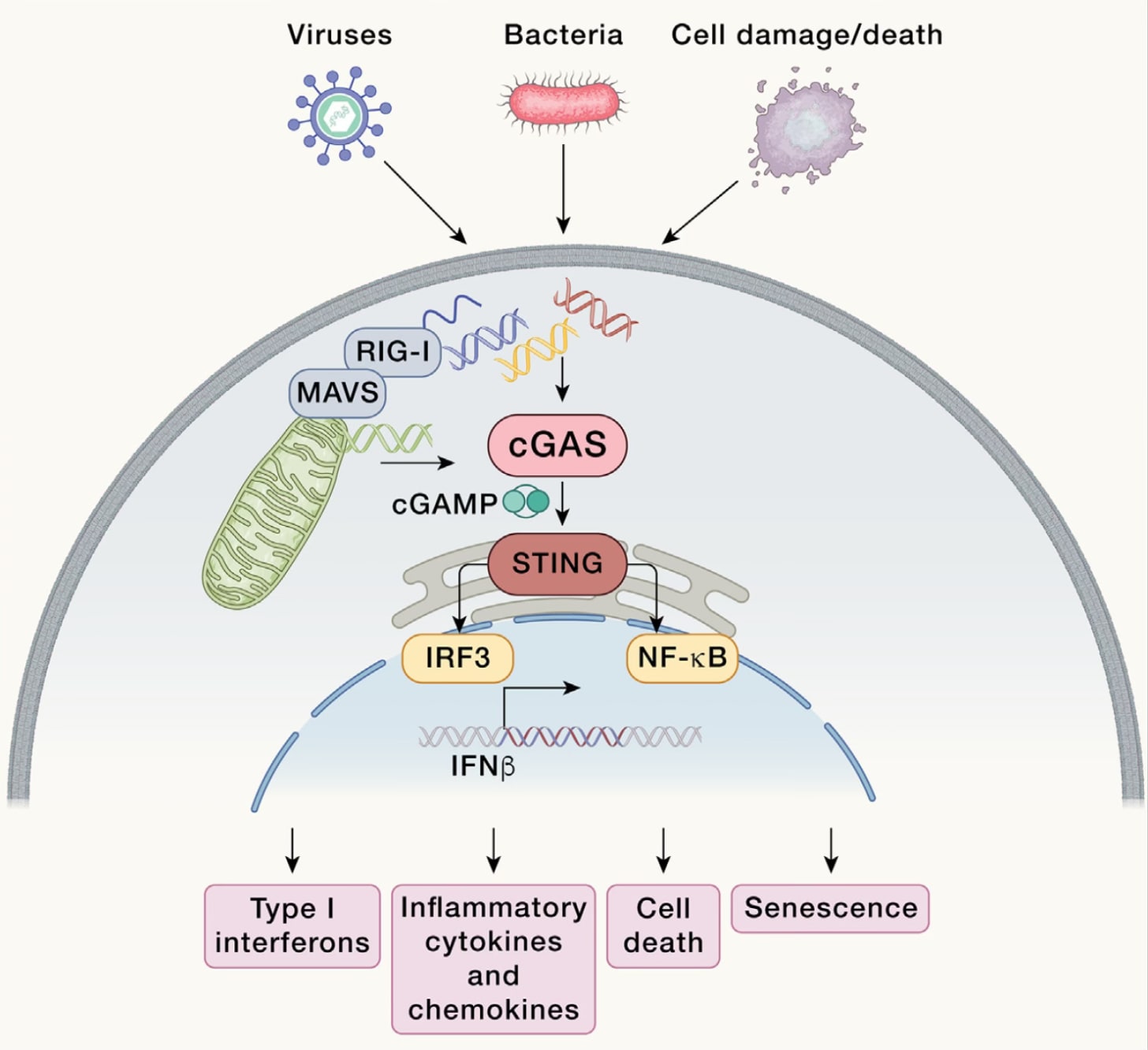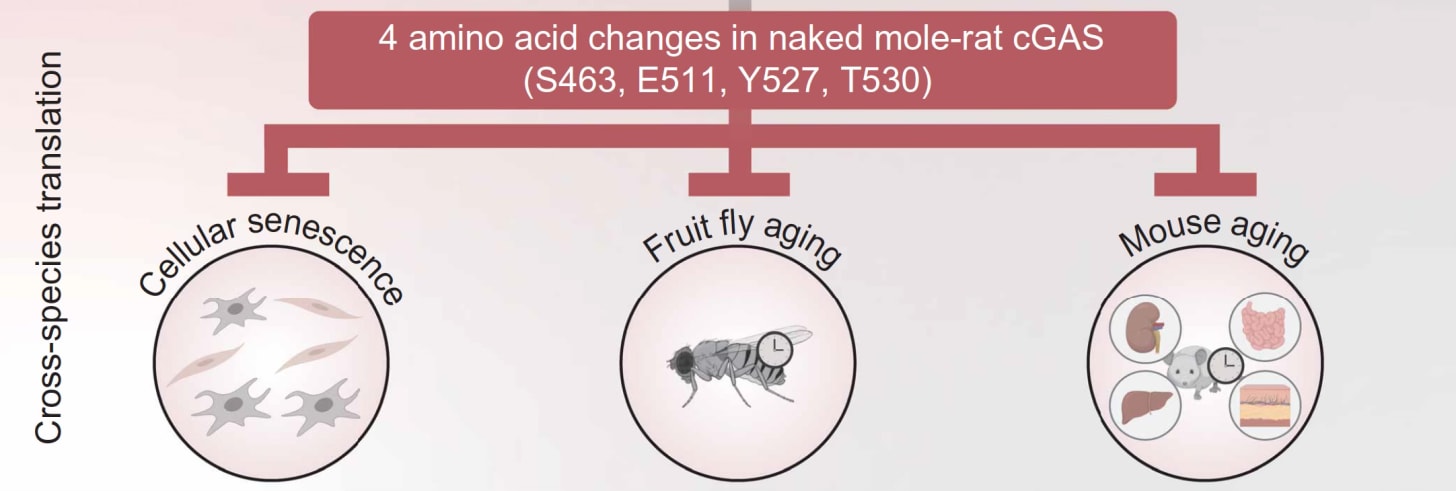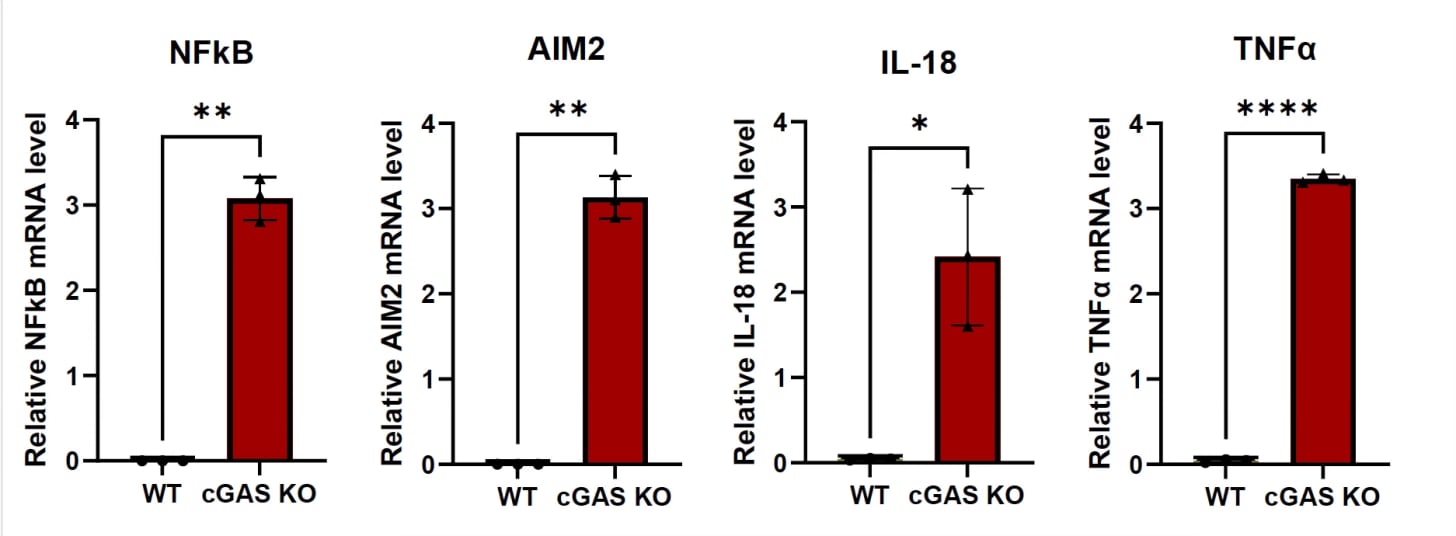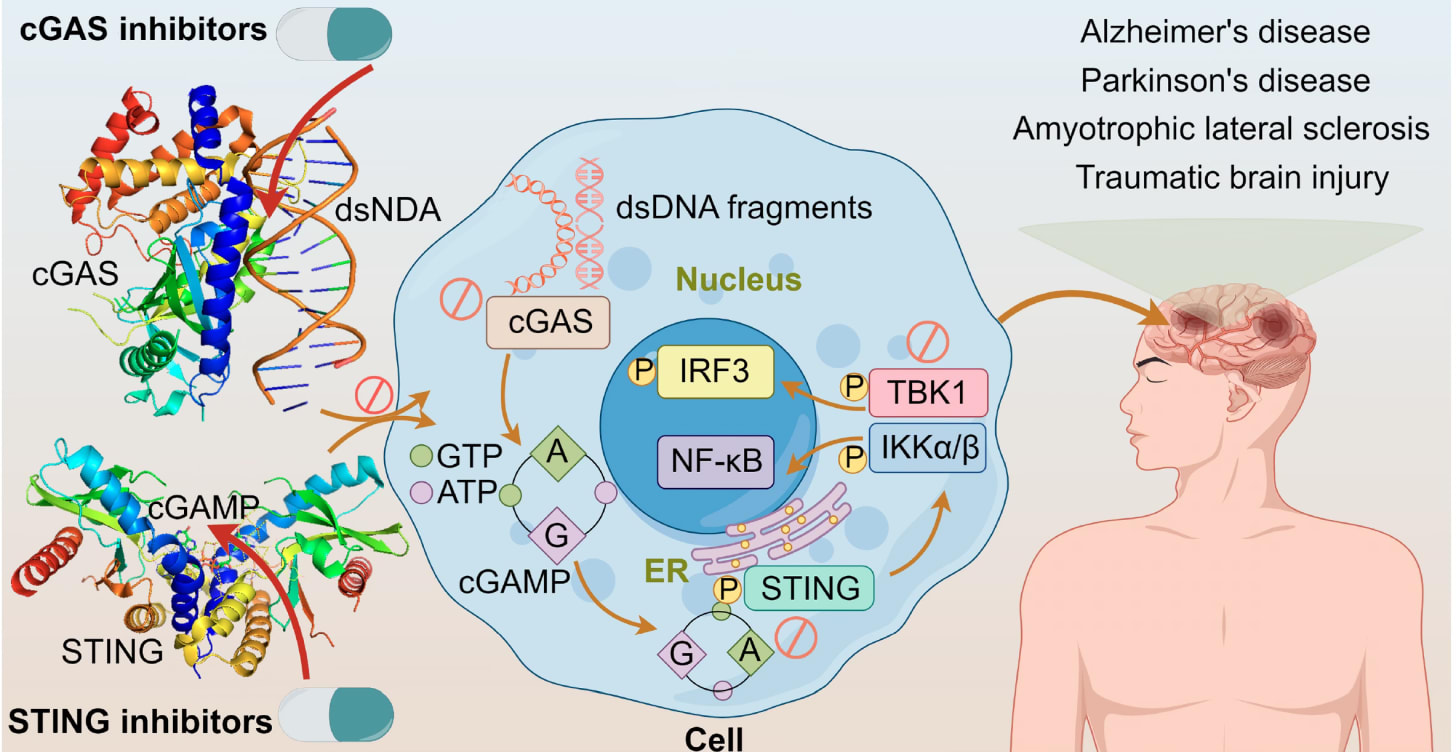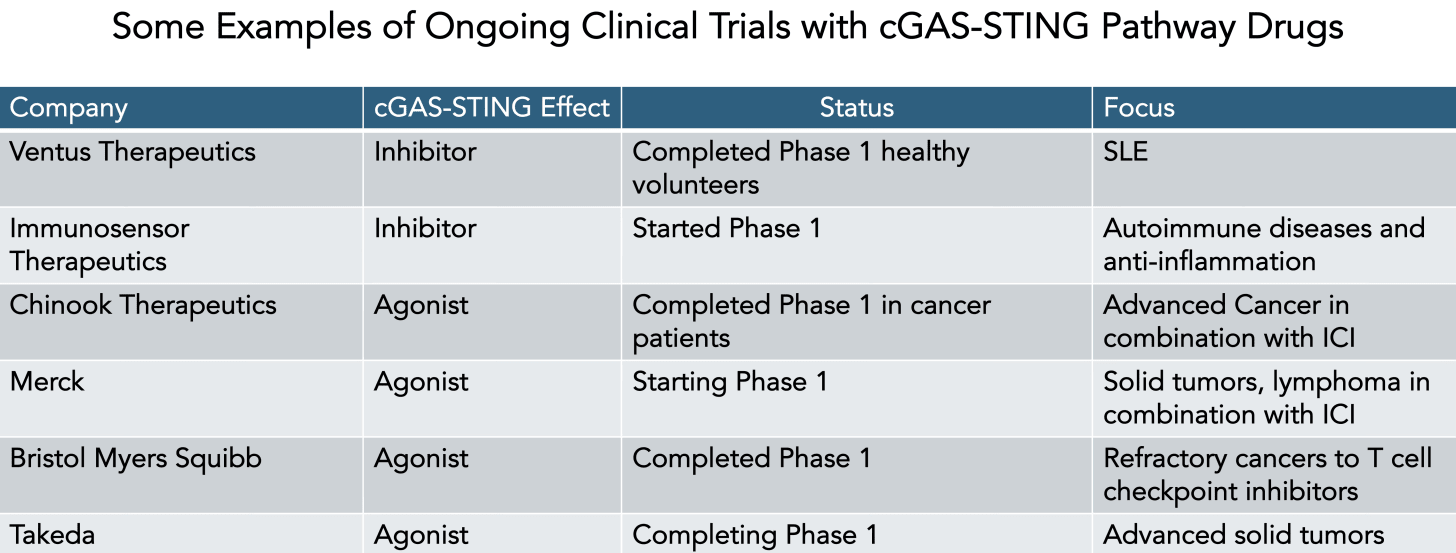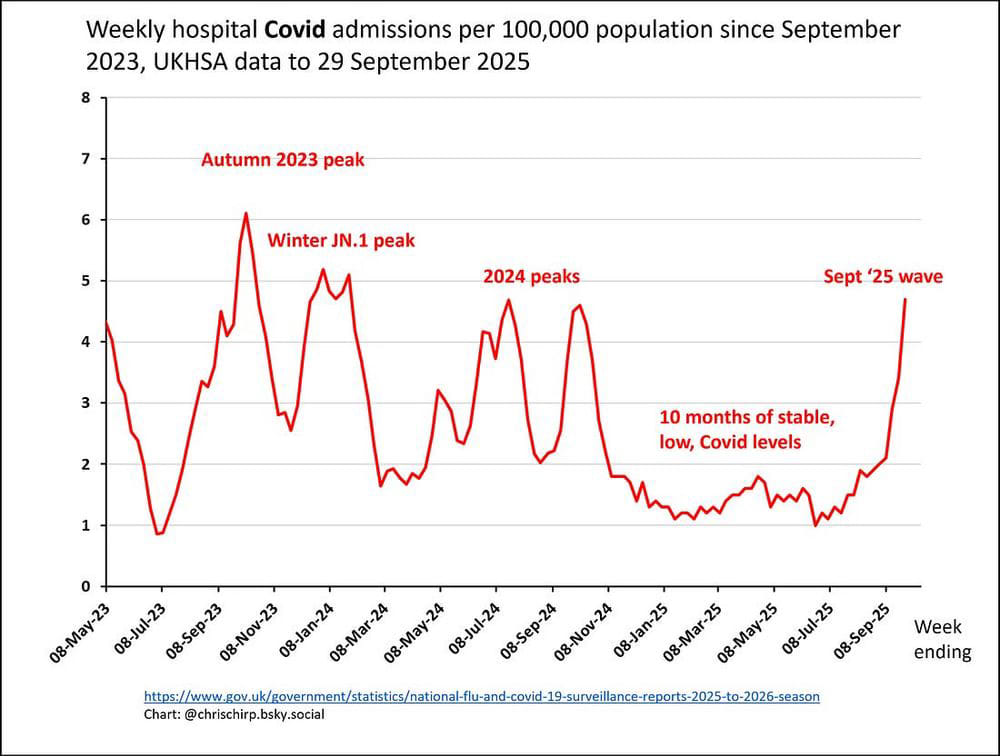If you’re interested in the science of healthspan and longevity, you’ve likely heard of the naked mole rat, a remarkable outlier among mammals that defies the laws of biologic aging. For nearly 30 years, we didn’t know what accounted for this phenomenon, but a compelling new report sheds light on a pathway that was only discovered in 2012, awarded the Lasker Prize in 2024, and is now the target of many clinical trials. This edition of Ground Truths is about the convergence of two exciting life science discoveries and how they may influence the future of medicine.
By the late 1990s it was noted that there was something unusual about the lifespan of naked mole rats. In 2002, Drs. Rochelle Buffenstein and Jennifer Jarvis, comparative biologists, published “A New Record for the Oldest Living Rodent” for the naked mole rat, living over 27 years, about 5 times the maximal lifespan of mice or rats. In the past 2 decades since this discovery, much work done to understand their longevity and remarkable resistance to age-related diseases. Their heart, kidneys, liver, eyes and bones remain youthful. Cognitive function is preserved and they do not develop cancer (only 5 cases in over 3,000 necropsies). Some have lived up to 39 years of age. It has been shown that the naked mole rat lifespan defies Gompertz’s law for not having an exponentially increasing risk of death as they get older—the naked role rat is considered a “non-aging mammal.” Their existence is almost completely underground, moving around in tunnel systems. They are certainly not attractive! (Figure below) They are hairless, buck-toothed, wrinkly, and can survive without oxygen for 18 minutes. Known as extreme xenophobes, they only seem to die when they beat each other up. Owing to the unique features of healthspan and lifespan, they are considered the supermodel organism for understanding these critical biological features.
But until now, we didn’t know the underlying mechanism for how naked mole rats lived so long and so healthily. This week, in Science, Yu Chen and colleagues from China published a compelling case for what explains the naked mole rat story.
Before we get to that, let’s go to a major basic science discovery that was awarded the 2024 Lasker Prize (considered pre-Nobel). Last year’s basic medical research prize recipient was Dr. Zhijian Chen of the University of Texas, Southwestern, for the discovery of cGAS (cyclic guanosine monophosphate-adenosine monophosphate synthase (yes a mouthful, thank goodness for acronyms). In back to back papers in Science in 2012 and 2013, Chen and colleagues identified and described cGAS and the pathway. It serves as a danger sensor, predominantly present in the cell cytoplasm, detecting penetration of foreign DNA from a virus or bacteria, or damaged DNA in the cell. Once danger is sensed, cGAS is activated and through cGAMP there is activation of STING, which stands for the stimulator of the interferon gene. This critical step leads to production of Type I interferons, a principal component of our innate immunity (simplified Figure below). Recall that with SARS-CoV-2 infection, Type 1 interferon, our first line of defense, provided critical protection, such that people with autoantibodies to type 1 interferon were highly vulnerable to severe, life-threatening Covid.
You can also see this pathway’s role in promoting inflammation, cell senescence, and death. Since the discovery in 2012, the cGAS-STING pathway has been implicated in many autoimmune and age-related inflammatory diseases, including cancer and neurodegenerative.
In the new report, the properties of cGAS for the naked mole rat were compared with mice and humans in cultured cells. When there was DNA damage in cells, the naked mole rat’s cGAS behaved very differently, engaged in DNA repair (known as homologous recombination, HR, for repair of double-strand DNA breaks) whereas in mice and humans HR was significantly reduced. This was accounted for by 4 missense mutations in the naked mole rat cGAS, and expression of the naked mole rat cGAS was assessed in human cells, in fruit flies, and in mice.
The unique naked mole rat cGAS (as expressed in cells and other organisms) had much less stress-induced cellular senescence, extended lifespan in fruit flies, and preempted organ degeneration in mice (via senescent markers in multiple organs), as further reflected by less frailty, less graying of hair, and significant reduction of blood levels of inflammation (Figure below, NM-R-naked mole rat, E/D is their 4 amino acid changed version and 4 mut, E/D is without the mutations) To further prove the impact of the 4 amino acid substitutions, these amino acid changes were reverted via human cGAS expression and all the protective effects were lost.
Accordingly, there are striking—opposite—changes between the function of cGAS in humans (and mice) compared with the naked mole rat, as schematically shown below. In humans without the 4 amino acid mutations, cGAS suppressed DNA repair. In naked mole rats, working through DNA repair factors P97, FANCI and RAD50, cGAS establishes tight binding of chromatin in the nucleus, HR promoting genome stability, and reducing inflammation.
To sum up, the Science paper was a comprehensive assessment of the impact of naked mole rat’s cGAS in multiple species, with or without the 4 key mutations. Independent of the new report, a recent preprint by Martinez and colleagues looked at mice with knockout of cGAS (cGAS KO) and demonstrated shortened lifespan and increased inflammation in multiple organs, stemming from genomic instability (loss of chromatin organization and de-repression of transposable elements known as “jumping genes”).
That independent corroboration of the new report strengthens the assertion that the cGAS is a fundamental pathway underpinning healthspan and lifespan in mammals, and that the 4 amino acid changes in the naked mole rat are the most likely explanation for their unique outlier status.
While this pathway is implicated in age-related diseases, the problem here is the duality of the therapeutic challenge. The path to Type 1 interferon production, the first line of defense of our innate immunity, further leads to immune cell recruitment and release of chemokines, which can be good or bad. On one hand, the cGAS sensor to detect DNA damage would seem vital for mounting defense against invading pathogens but also amping up anti-tumor immunity, which is why cGAS agonists are being developed vs cancer. On the other hand, blocking untoward self-directed immunity and chronic inflammation would be achieved by inhibitors of cGAS-STING. For example, cGAS-STING signaling has been tied to age-related macular degeneration, a leading cause of blindness, and systemic lupus erhythemosus (SLE). These could theoretically be prevented or suppressed by blocking the pathway. The field of neurodegenerative diseases is actively being pursued in preclinical work (Figure) with cGAS-STING blockers via many different small molecule (pill) drugs.
Here’s a sample of some of the clinical trials underway to give you a sense of how the field is progressing. Most of the trials are in cancer, and there are at least 12 more of those I haven’t put in the Table summary that are testing the pathway in combination with immune checkpoint inhibitors (ICI) to further rev up the immune response vs advanced or refractory cancers.
I’ve been following the naked mole rat story for decades and it was exciting to see this new report which helps explain what’s behind this legendary animal’s unique healthspan and lifespan. Many other mechanisms have been proposed over the years, but none have had such comprehensive, state-of-the-art assessment in multiple species and a form of independent replication. The convergence of the finding underpinning organismal longevity with the discovery of the cGAS pathway takes the interest to a higher level, no less for potential clinical applications
However, it’s much trickier to translate this to a way to promote healthspan and longevity in humans. The naked mole rat lives underground and has a radically different environmental exposure versus humans. It could theoretically tolerate the inability to sense foreign DNA of pathogens and be so well suited for prioritizing DNA repair and suppressing inflammation. If we could do a bridge recombination cGAS genome edit of the 4 amino acids, as Patrick Hsu quipped on X, (below) what might be in for? Serious infections? Autoimmune diseases?
The very delicate balance of the ongoing clinical trials—to promote or block cGAS-STING—tells us about this tradeoff, and what could turn out to be a very narrow therapeutic window. Like a Goldilocks tale. On the other hand, these small molecules, both agonists and antagonists, appear to be very potent in vitro and well tolerated in Phase 1 studies, so we’ll have to see how they will pan out. It doesn’t have the look of the GLP-1 family of drugs which are all agonists of naturally occurring hormones and have outperformed all expectations to date (and likely more to come). I wish it were more straightforward for this class of drugs like the GLP-1s! It’s still very early for cGAS-STING pathway drugs, but watch this space.
+++++++++
One other thing before you go. Many of you started subscribing to Ground Truths during the height of the Covid pandemic. Please know I still follow Covid related developments very closely, but unless there is important new stuff, I mainly cover major biomedical advances here (or debunk stuff like peptides or protein consumption overdose). That said, If you haven’t gotten a Covid booster, consider doing that. There’s a major wave brewing in England with no change in variants (it’s XFG, the same as what is highly dominant in the US). That is most likely attributable to waning of immunity (it’s not winter yet!) by process of elimination. As in the US, there are substantially less people who are getting boosted. What happens in England (as in Covid waves) rarely stays in England. Below are the updated Covid hospitalization data from Prof Christina Pagel who writes a very good Substack, often highlighting critical US issues even though she’s from the UK. I recently got Novavax for the first time and had no reaction whatsoever, a welcome change from all the previous shots that I’ve had.
****************************
Thanks you for reading and subscribing to Ground Truths.
If you found this interesting PLEASE share it!
That makes the work involved in putting these together especially worthwhile.
All content on Ground Truths—its newsletters, analyses, and podcasts, are free, open-access. No ads.
Paid subscriptions are voluntary and all proceeds from them go to support Scripps Research. They do allow for posting comments and questions, which I do my best to respond to. Please don’t hesitate to post comments and give me feedback. Let me know topics that you would like to see covered.
Many thanks to those who have contributed—they have greatly helped fund our summer internship programs for the past two years. It enabled us to accept and support 47 summer interns in 2025!
.png)


